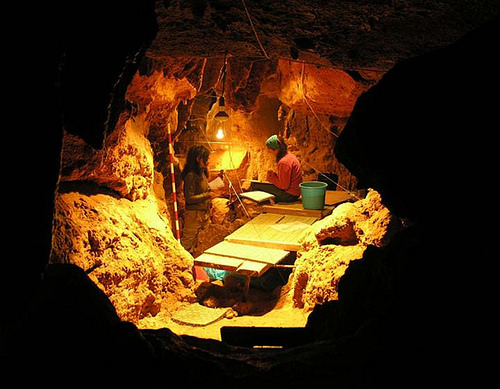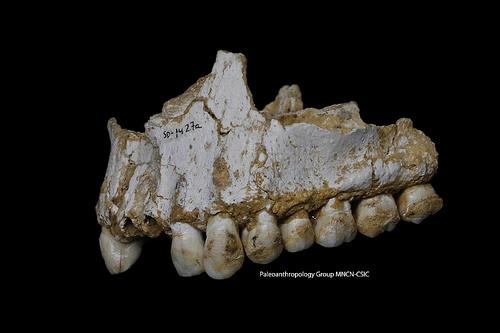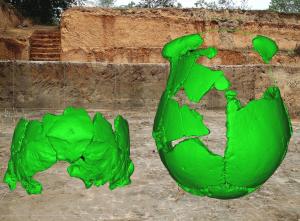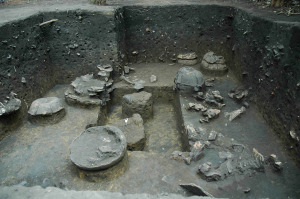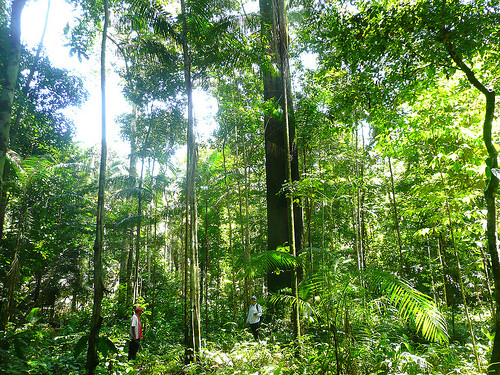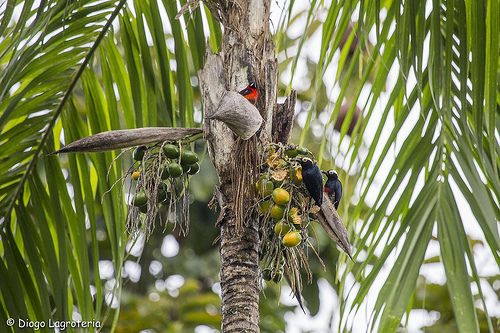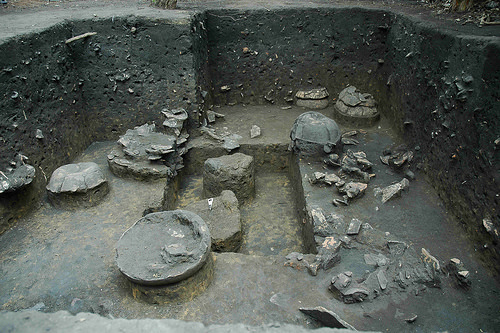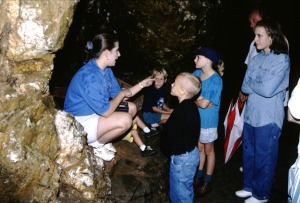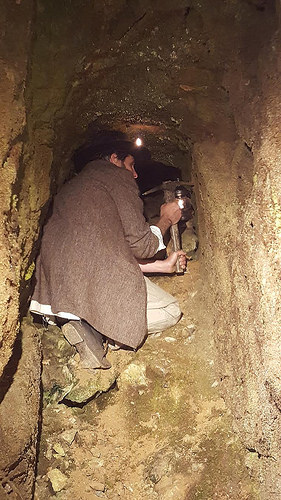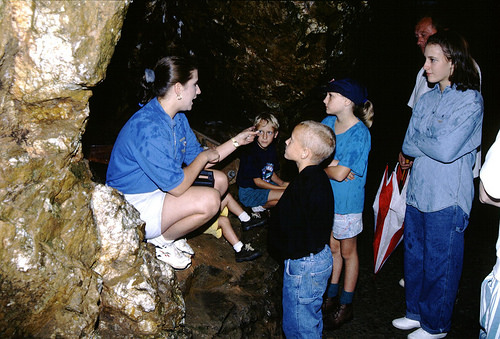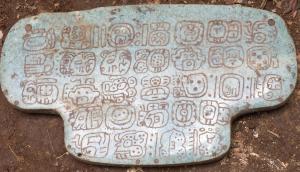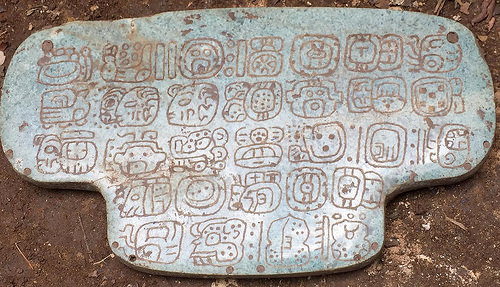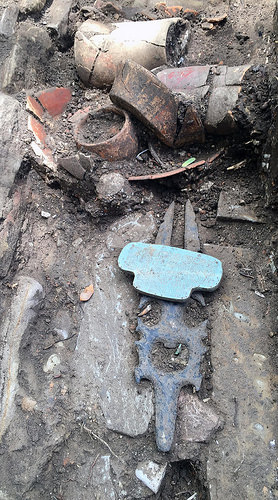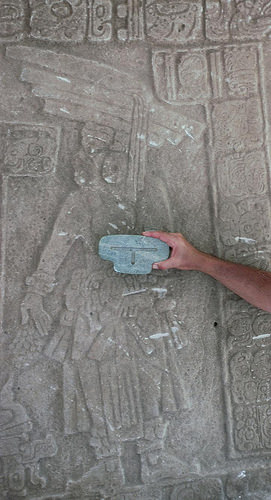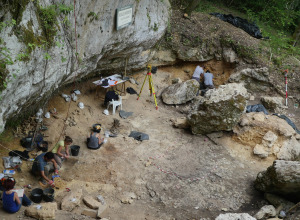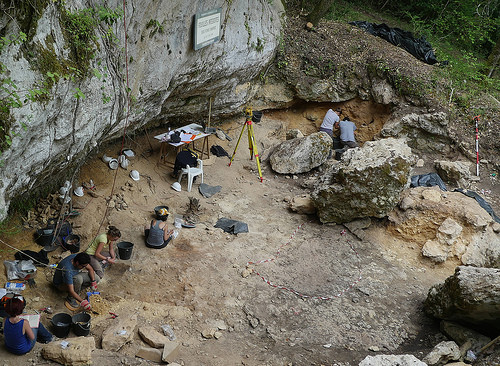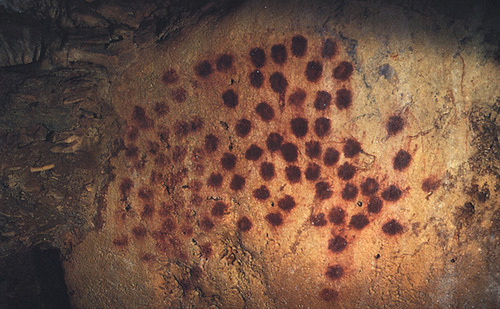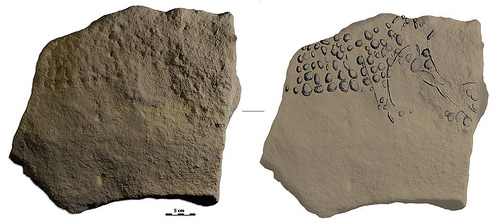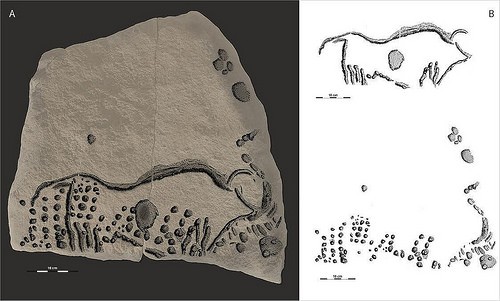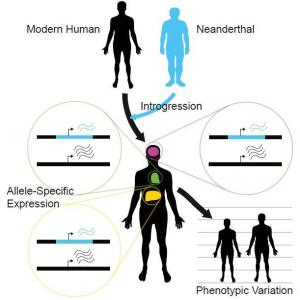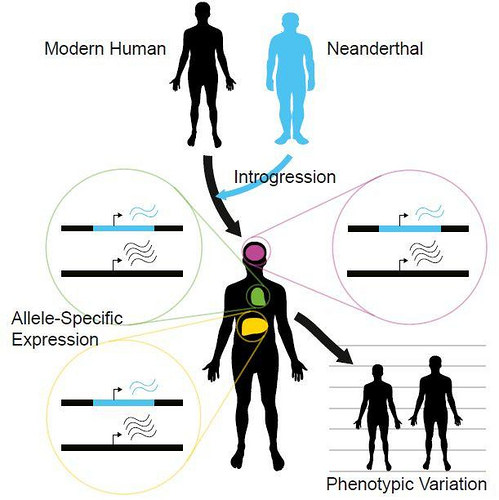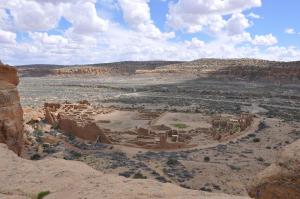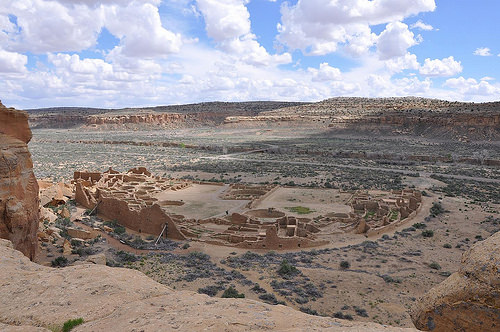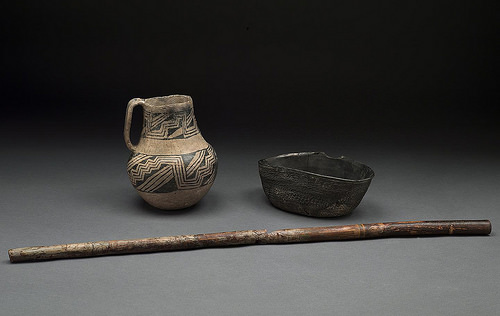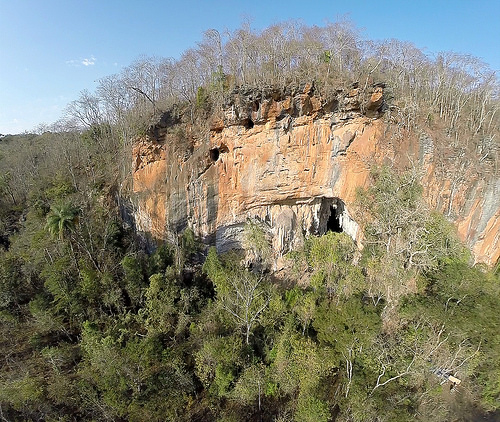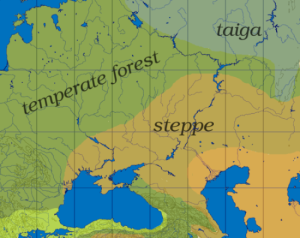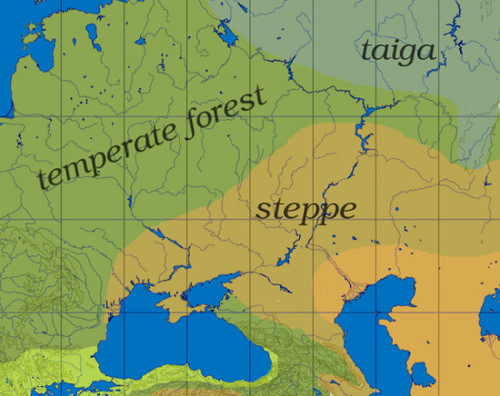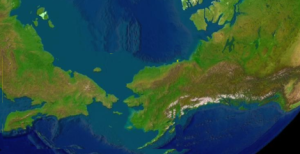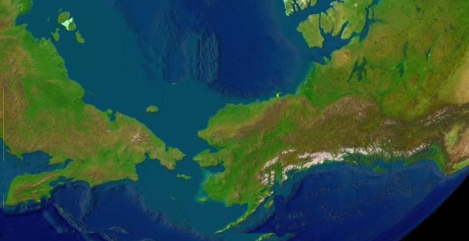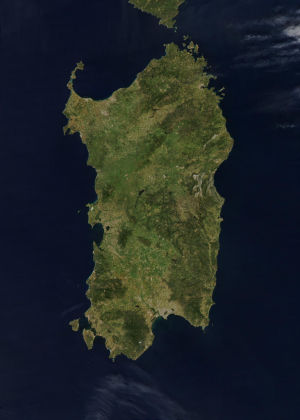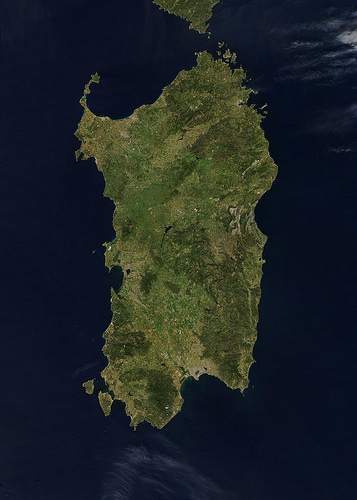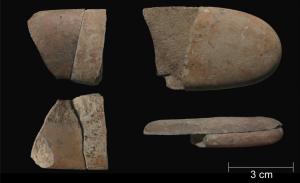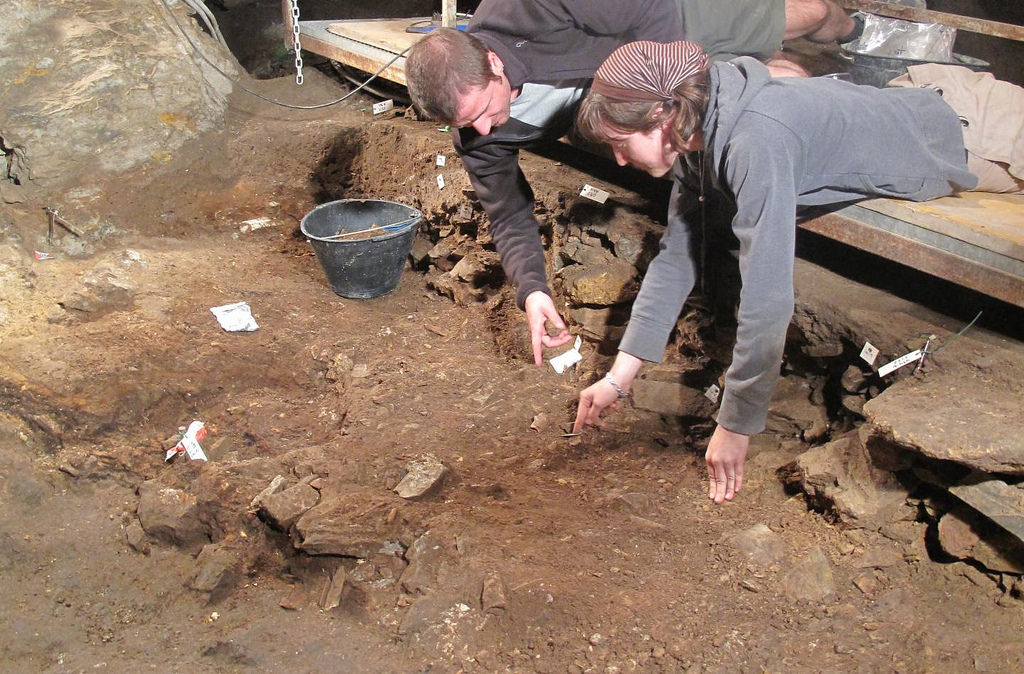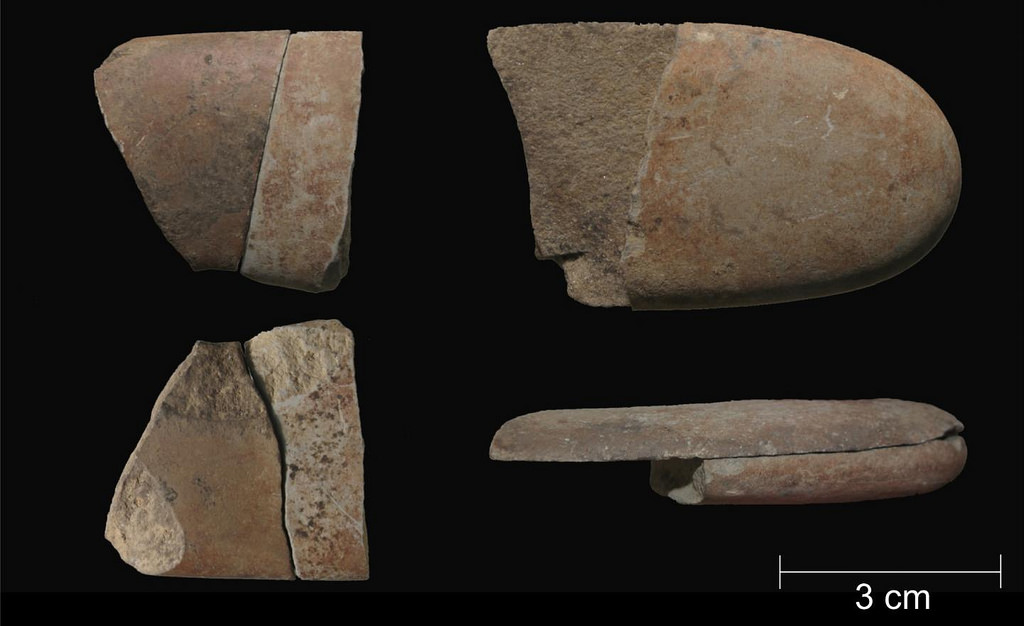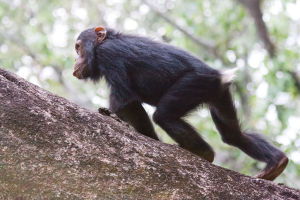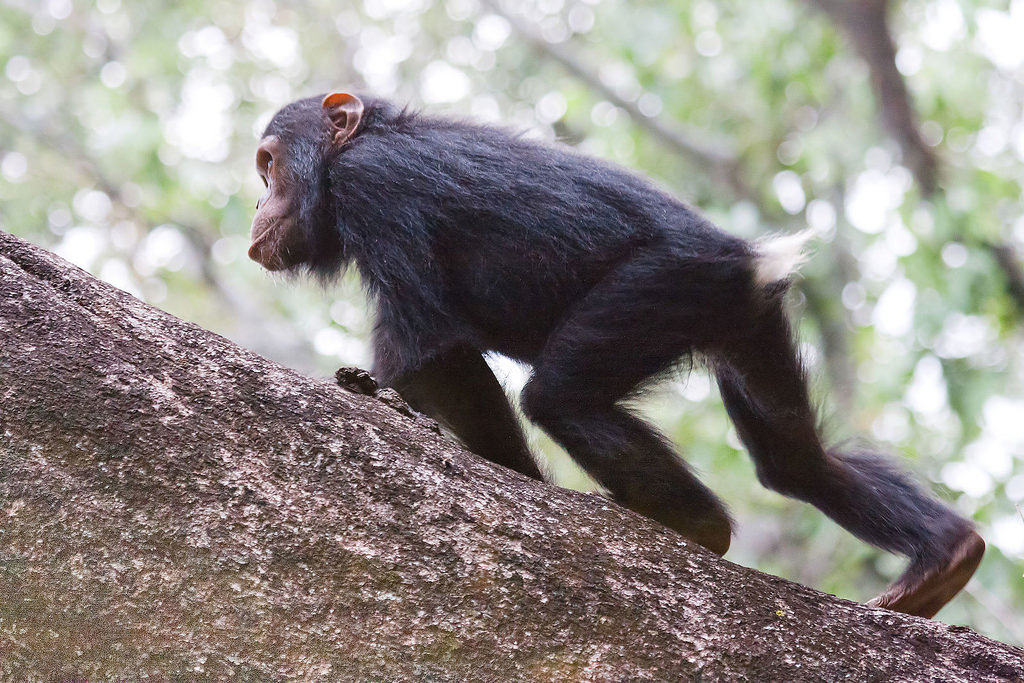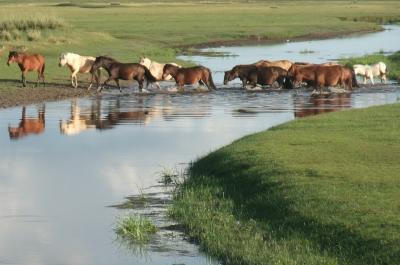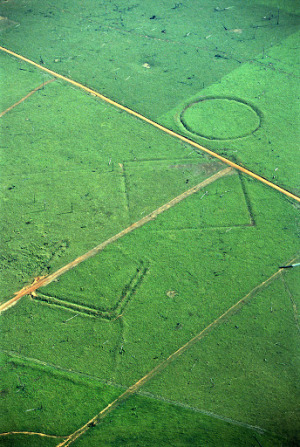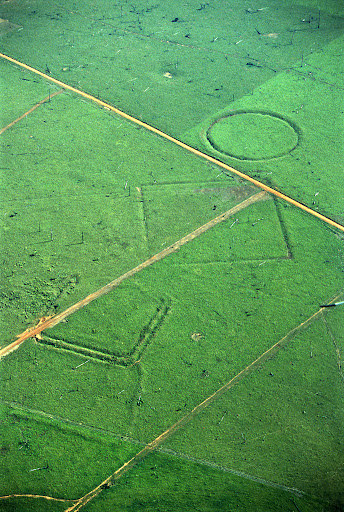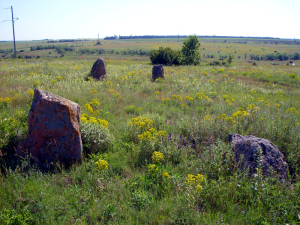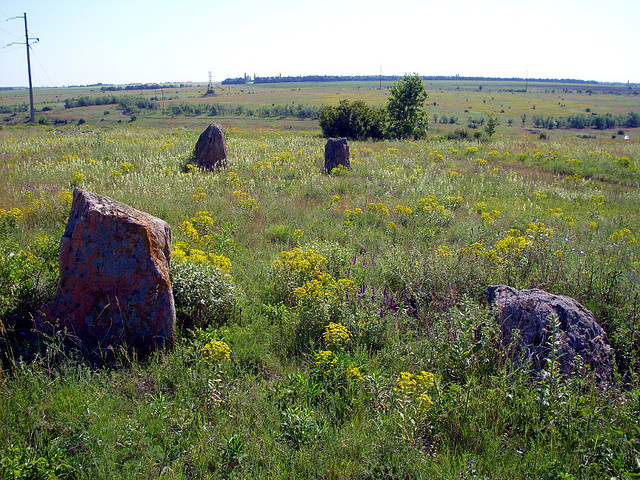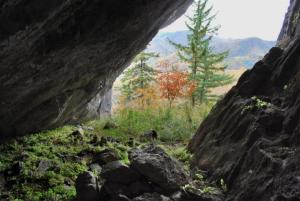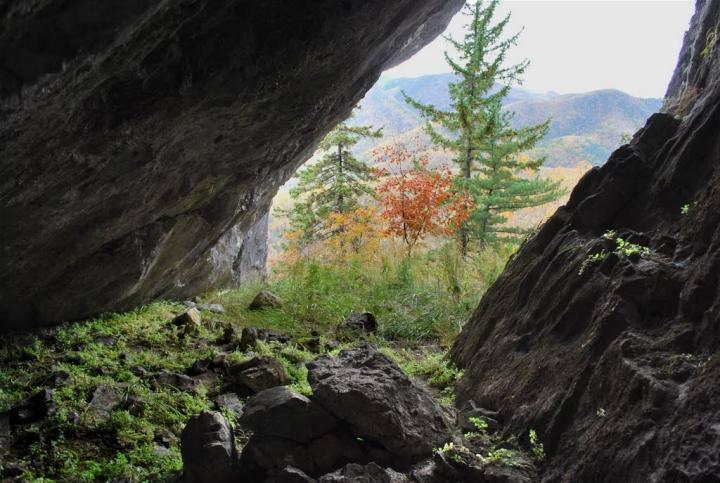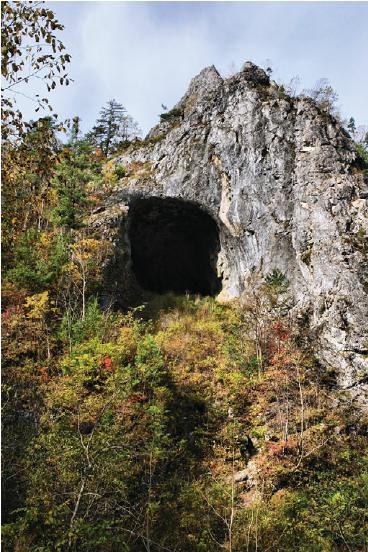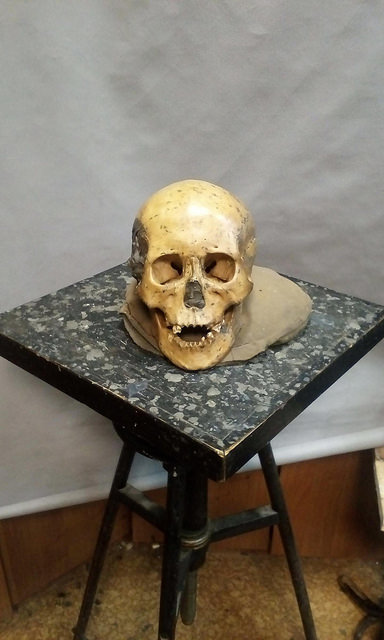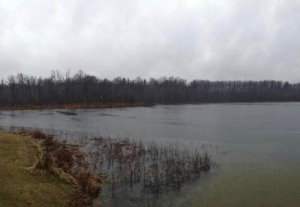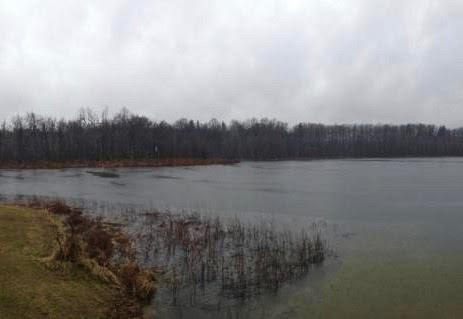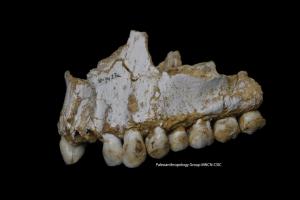
Ancient DNA found in the dental plaque of Neanderthals – our nearest extinct relative – has provided remarkable new insights into their behaviour, diet and evolutionary history, including their use of plant-based medicine to treat pain and illness.
Published today in the journal Nature, an international team led by the University of Adelaide’s Australian Centre for Ancient DNA (ACAD) and Dental School, with the University of Liverpool in the UK, revealed the complexity of Neandertal behaviour, including dietary differences between Neanderthal groups and knowledge of medication.
“Dental plaque traps microorganisms that lived in the mouth and pathogens found in the respiratory and gastrointestinal tract, as well as bits of food stuck in the teeth – preserving the DNA for thousands of years,” says lead author Dr Laura Weyrich, ARC Discovery Early Career Research Fellow with ACAD.
“Genetic analysis of that DNA ‘locked-up’ in plaque, represents a unique window into Neandertal lifestyle – revealing new details of what they ate, what their health was like and how the environment impacted their behaviour.”
The international team analysed and compared dental plaque samples from four Neanderthals found at the cave sites of Spy in Belgium and El Sidrón in Spain. These four samples range from 42,000 to around 50,000 years old and are the oldest dental plaque ever to be genetically analysed.
“We found that the Neandertals from Spy Cave consumed woolly rhinoceros and European wild sheep, supplemented with wild mushrooms,” says Professor Alan Cooper, Director of ACAD. “Those from El Sidrón Cave on the other hand showed no evidence for meat consumption, but appeared instead to have a largely vegetarian diet, comprising pine nuts, moss, mushrooms and tree bark – showing quite different lifestyles between the two groups.”
“One of the most surprising finds, however, was in a Neanderthal from El Sidrón, who suffered from a dental abscess visible on the jawbone. The plaque showed that he also had an intestinal parasite that causes acute diarrhoea, so clearly he was quite sick. He was eating poplar, which contains the pain killer salicylic acid (the active ingredient of aspirin), and we could also detect a natural antibiotic mould (Penicillium) not seen in the other specimens.”
“Apparently, Neanderthals possessed a good knowledge of medicinal plants and their various anti-inflammatory and pain-relieving properties, and seem to be self-medicating. The use of antibiotics would be very surprising, as this is more than 40,000 years before we developed penicillin. Certainly our findings contrast markedly with the rather simplistic view of our ancient relatives in popular imagination.”
Neanderthals, ancient and modern humans also shared several disease-causing microbes, including the bacteria that cause dental caries and gum disease. The Neandertal plaque allowed reconstruction of the oldest microbial genome yet sequenced – Methanobrevibacter oralis, a commensal that can be associated with gum disease. Remarkably, the genome sequence suggests Neandertals and humans were swapping pathogens as recently as 180,000 years ago, long after the divergence of the two species.
The team also noted how rapidly the oral microbial community has altered in recent history. The composition of the oral bacterial population in Neanderthals and both ancient and modern humans correlated closely with the amount of meat in the diet, with the Spanish Neanderthals grouping with chimpanzees and our forager ancestors in Africa. In contrast, the Belgian Neanderthal bacteria were similar to early hunter gatherers, and quite close to modern humans and early farmers.
“Not only can we now access direct evidence of what our ancestors were eating, but differences in diet and lifestyle also seem to be reflected in the commensal bacteria that lived in the mouths of both Neanderthals and modern humans,” says Professor Keith Dobney, from the University of Liverpool.
“Major changes in what we eat have, however, significantly altered the balance of these microbial communities over thousands of years, which in turn continue to have fundamental consequences for our own health and well-being. This extraordinary window on the past is providing us with new ways to explore and understand our evolutionary history through the microorganisms that lived in us and with us.”
________________________________________
El Sidrón: Working in the Tunnel of Bones cave, where 12 Neandertal specimens dating around 49,000 years ago have been recovered. Image credit: Paleoanthropology Group MNCN-CSIC; Photo by Antonio Rosas)
________________________________________________________________________
El Sidrón upper jaw: a dental calculus deposit is visible on the rear molar (right) of this Neandertal. This individual was eating poplar, a source of aspirin, and had also consumed moulded vegetation including Penicillium fungus, source of a natural antibiotic. Image credit: Paleoanthropology Group MNCN-CSIC
____________________________________________________________
Medicine at El Sidrón
While studies have shown that one of the El Sidrón individuals was a left-handed adult female, one other individual is considered the ‘Star of the Show’ by the project investigators. As previous studies have pointed out, this male individual appears to have used his mouth to sharpen the blades of stone tools (rather like a third hand), leading to chipping on the enamel and dentine on his upper teeth. Now, the study of his dental plaque has brought new and quite unique information to light.
“We have evidence that this Neanderthal was self-medicated. We have discovered that the plaque preserved in his teeth contains sequences of the pathogen Enterocytozoon bieneusi which causes gastrointestinal problems, including serious diarrhoea. Additionally, thanks to a hole in his jaw we know he had a dental abscess. Both health issues must have caused him intense pain”, Rosas points out.
What is more, this Neanderthal’s dental plaque contains traces of DNA from both the natural antibiotic fungus, penicillium, as well as from poplar, a tree whose bark, roots and leaves contain silicic acid, the active ingredient in well-known medications.
This is not the first nod in this direction, given that the researchers at El Sidrón had already taken part in a study which clearly showed that Neanderthals recognised the curative and nutritional properties of some plants, since they took camomile and yarrow, most probably to help digest heavy meals.
Exchange of microorganisms between Neanderthals and sapiens
The scientific investigators compared Neanderthal oral micro-biotic data with human samples from Palaeolithic hunter-gatherers, African nomads, the first Neolithic farmers as well as from present-day man.
“Micro-biotic information is key to learning about the host’s health. Neanderthals for example have fewer potentially pathogenic bacteria than we do. In today’s human population a link has been seen between oral micro-biotics and a spectrum of health issues such as cardiovascular problems, obesity, psoriasis, asthma, colitis and gastroesophageal reflux”, highlights CSIC researcher Carles Lalueza-Fox, who works at the Institute of Evolutionary Biology (a CSIC-University of Pompeu Fabra shared centre).
Furthermore, the dental plaque from the individuals at El Sidrón has also made it possible to retrieve the oldest complete microorganism genome: the ancient Methanobrevibacter oralis, which is now classified as a Neanderthal subspecies. The Neanderthal and modern human strains appear to have diverged between 112,000 and 143,000 years ago, after the two evolutionary lines split.
“Today we know that crossbreeding took place on two occasions between sapiens and those Neanderthals who later lived in the Siberian region, but not with those in Asturias. If there was micro-biotic transfer between the Asturias Neanderthals and sapiens, then perhaps a cross-line existed between them, although we are yet to identify that”, concludes Lalueza Fox.
__________________________________
The El Sidrón cave
The El Sidrón cave, situated in Piloña, in Asturias in northern Spain, has provided the finest Neanderthal collection in the Iberian Peninsula and is one of the most active archaeological dig sites in the world. Discovered in 1994, around 2,500 skeletal remains from at least 13 individuals of both sexes and of varying ages who lived there around 49,000 years ago have been recovered.
The multidisciplinary team which worked at El Sidrón consisted of palaeontologist Antonio Rosas from CSIC’s National Natural Science Museum, the geneticist, Carles Lalueza-Fox, from the CSIC / Institute of Evolutionary Biology’s Pompeu Fabra University mixed centre, and the archaeologist, Marco de la Rasilla, from the University of Oviedo in Asturias.
At El Sidrón, the team developed a pioneering protocol, known as ‘clean excavation’, which minimises the risk of contaminating the early DNA with that of modern-day human DNA from the researchers working on the cave excavation. This allowed both nuclear and mitochondrial DNA to be extracted from teeth and skeletal remains. (Spanish National Research Council)
_____________________________________
Article Sources: Edited and adapted from press releases of the University of Adelaide and the Spanish National Research Council.
_________________________________________________
Subscribe to Popular Archaeology Premium. Available on all laptops and mobile devices, and still the industry’s best value at only $9.00 annually.
___________________________________________
Travel and learn with Far Horizons.
____________________________________________
This richly illustrated issue includes the following stories: Recent findings shedding new light on the whereabouts of the remains of Philip of Macedon, father of Alexander the Great; how an archaeologist-sculptor is bringing bones of the dead back to life; archaeologists uncovering town life at the dawn of civilization; an exclusive interview with internationally acclaimed archaeologist James M. Adovasio about what makes the Meadowcroft Rockshelter prominent in the ongoing search for the first Americans; what archaeologists are finding at the site of the ancient city of Gath, the home town of the biblical Philistine giant, Goliath; and how scientists are redrawing the picture of human evolution in Europe. Find it on Amazon.com.

